
Epping is a suburb of Sydney, in the Australian state of New South Wales, 18 kilometres north-west of the Sydney central business district in the local government area of the City of Parramatta. Epping is in the Northern Sydney region. The suburb is the most north-eastern area of the City of Parramatta. North Epping is a separate suburb to the north and under a different council, Hornsby Shire.
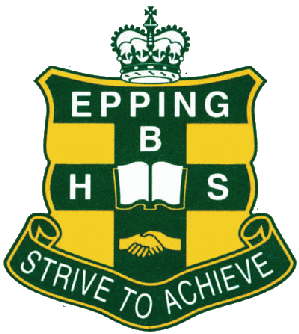
Epping Boys High School is a government high school located at Marsfield, New South Wales, Australia, which was established in 1957. The current principal is Jessica Schadel.

Telopea is a suburb of Greater Western Sydney, in the state of New South Wales, Australia. Telopea is located 23 kilometres north-west of the Sydney central business district, in the local government area of the City of Parramatta. The suburb is bordered by Kissing Point Road to the south and Pennant Hills Road to the north.
Armenians in Egypt are a community with a long history. They are a minority with their own language, churches, and social institutions. The number of Armenians in Egypt has decreased due to migrations to other countries and integration into the rest of Egyptian society, including extensive intermarriage with Muslims and Christians. Today they number about 6000, much smaller than a few generations ago. They are concentrated in Cairo and Alexandria, the two largest cities. Economically the Egyptian Armenians have tended to be self-employed businessmen or craftsmen and to have more years of education than the Egyptian average.

The Armenian General Benevolent Union is a non-profit Armenian organization established in Cairo, Egypt, in 1906. With the onset of World War II, headquarters were moved to New York City, New York.
Arkie Deya Whiteley was an Australian actress who appeared in television and film.
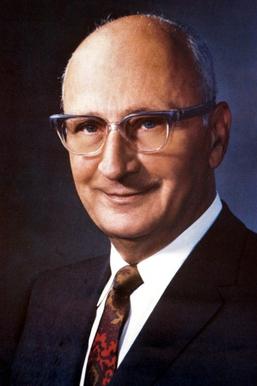
Alexander Manoogian was an Armenian-American industrial engineer, businessman, entrepreneur and philanthropist who spent most of his career in Detroit, Michigan. He was the founder of the Masco Corporation, which in 1969 was listed on the NYSE (XNYS:MAS). In 1954, he patented and brought to market the first successful washerless ball valve faucet, the Delta faucet, named for the faucet cam shaped like the fourth letter of the Greek alphabet.

The Union of the Armenian Evangelical Churches in the Near East, abbreviated as UAECNE, is an autonomous body of Armenian Evangelical churches comprising 25 congregations throughout Lebanon, Syria, Turkey, Greece, Egypt, Iran, Iraq and Australia.

Armenians have lived in Lebanon for centuries. According to Minority Rights Group International, there are 156,000 Armenians in Lebanon, around 4% of the population. Prior to the Lebanese Civil War, the number was higher, but the community lost a portion of its population to emigration.
The Armenians in Syria are Syrian citizens of either full or partial Armenian descent.

Gladys Berejiklian is an Australian businesswoman and former politician who served as the 45th premier of New South Wales and the leader of the New South Wales division of the Liberal Party from 2017 to 2021. Berejiklian currently works as an executive for the telecommunications company Optus.
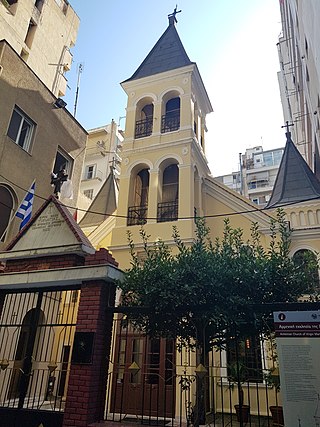
The Armenians in Greece are Greek citizens of Armenian descent. The Armenian presence in Greece began centuries ago when Armenians, for various reasons, settled in the wider area of Thessaly, Macedonia (Thessaloniki) and Thrace. Traces of Armenians can also be found on the Greek islands of Crete and Kerkyra (Corfu). The Armenians in Greece however, acquired the character of a community after the 1920s, when 70,000 to 80,000 survivors of the Armenian genocide fled to Greece from Cilicia, Smyrna, Ionia, Constantinople and other regions of Asia Minor, scattering all over Greece.

The Pan-Armenian Games are a multi-sport event, held between competitors from the Armenian diaspora and Armenia. They consist of various competitions in individual and team sports among the Armenian athletes. It takes place in Yerevan, the capital of Armenia.
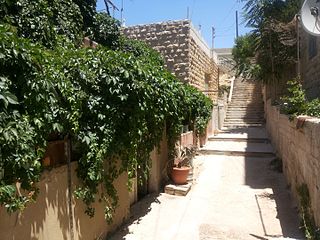
Armenians in Jordan are ethnic Armenians living in the Hashemite Kingdom of Jordan. There are an estimated 3,000 Armenians living in the country today with an estimated 2,500 of them being members of the Armenian Apostolic Church, and predominantly speak Western Armenian dialect. Armenians make up the biggest majority of non-Arab Christians in the country.

Armenian Uruguayans number around 15,000–20,000 of the population, making Uruguay to have one of the largest Armenian populations around the world. The Armenian community in Uruguay is one of the oldest communities in South America, with most of them residing in the capital Montevideo. The majority of Armenians in Uruguay are either third or fourth-generation descendants of the first wave of immigrants coming from the Ottoman Empire between the end of the 19th century and the Armenian genocide.
Armenian Canadians are citizens and permanent residents of Canada who have total or partial Armenian ancestry. According to the 2021 Canadian Census they number almost 69,000, while independent estimates claim around 80,000 Canadians of Armenian origin, with the highest estimates reaching 100,000. Though significantly smaller than the Armenian American community, the formation of both underwent similar stages beginning in the late 19th century and gradually expanding in the latter 20th century and beyond. Most Armenian Canadians are descendants of Armenian genocide survivors from the Middle East, with less than 7% of all Canadian Armenians having been born in Armenia. Today most Armenian Canadians live in Greater Montreal and Greater Toronto, where they have established churches, schools and community centers.
Coptic Australians are Australians of Coptic descent or persons of Coptic descent residing in Australia. According to the 2011 census, there were 24,693 Copts in Australia, mostly members of the Coptic Orthodox Church. The Coptic population within Australia is estimated to be between 70,000 and 100,000 people.
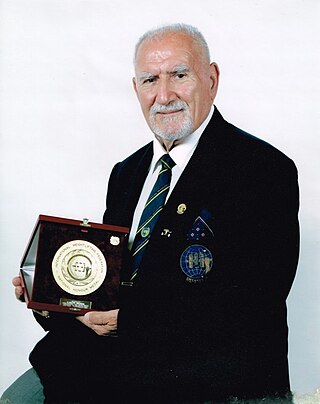
Karekin Simonian was an ethniclly Armenian and Iraqi-born Australian internationally recognised referee in Olympic weightlifting and bodybuilding. He was an I.F.B.B. reporter for 50 years.

Peter Board High School, known from 1962 to 1985 as North Ryde High School, was a government-funded co-educational comprehensive secondary day school, that was located in North Ryde, a northern suburb of Sydney, New South Wales, Australia. The school opened in 1962 and closed in 1998.
















